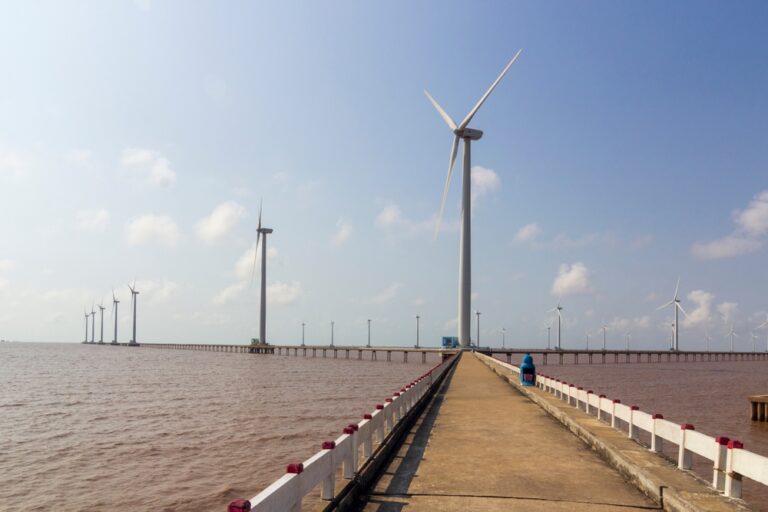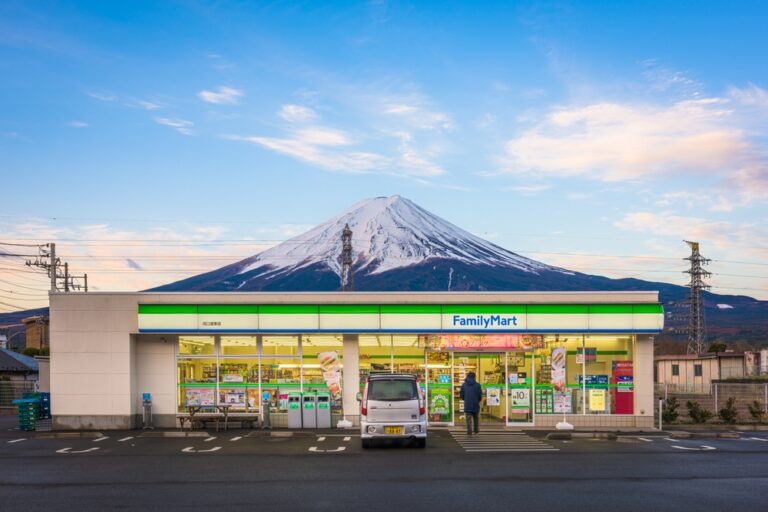Philippine tourism fast-tracks e-Visa system, plus more highlights

For PropertyGuru’s news roundup, the Philippines pushes to fast-track the full implementation of the e-Visa system. In other developments, factories in Tuas, Singapore are inconvenienced by tour buses using the area as an unofficial interchange. And lastly, here’s a guide to off-grid architecture.
Full e-Visa implementation to help the Philippines reach pre-pandemic figures
The Philippines’ Department of Tourism (DOT) called on the Department of Foreign Affairs (DFA) to fast-track the full implementation of the e-Visa system as it aims to reach 7.7 million tourists by the end of 2024, as reported by PNA.
“As far as arrivals are concerned, unless and until we can fully ease the convenience of coming into the Philippines, especially as far as e-visas are concerned, it does remain a challenge,” Tourism Secretary Christina Frasco said at the 2024 post-State of the Nation Address discussions in Pasay City.
In his third SONA last 22nd July, President Ferdinand R. Marcos Jr. declared that the implementation of the Philippine e-Visa would be next in his administration’s digital transformation agenda.
Blocking traffic, littering, public urination: Tuas factories frustrated by tourist ‘bus interchange’
Just five minutes away from the Tuas checkpoint in Singapore, a road lined with factories has become an unofficial interchange for tour buses plying the Singapore-Malaysia border. Every other hour, large coaches from Malaysia arrive at the two-lane Tuas Link 2. Scores of tourists, with luggage in tow, get off to board another coach to take them further into Singapore.
This constant flurry of activity has become more than an inconvenience for businesses in the area. The buses hold up traffic, block entrances to factories, and park against the flow of traffic.
To make things worse, the tourists often leave behind rubbish and trespass into factories to use the toilets. Some even urinate and defecate in the open, businesses told CNA.
No one CNA spoke to knew how the unofficial interchange came to be, but many said it started even before the COVID-19 pandemic struck in 2020.
Bus drivers at the location said they were simply following instructions from their tour agencies. They declined to be identified for fear of jeopardising their jobs but said they were aware of complaints. These drivers said that the tourists they ferried were mostly from China who would tour Singapore before heading to Malaysia.
A guide to off-grid architectures
Anyone who lives in a big city may have dreamed of moving elsewhere and living isolated, in a house among the trees or on a deserted beach. During the pandemic and the endless months of quarantine, many more may have had this same idea. As romantic and seductive as this may seem, however, living deep in nature comes with some important practical challenges. Rarely would anyone give up the little comforts they are used to, like turning on a faucet or charging their cell phone. If the location is, in fact, remote, it may not have electricity, drinking water, gas, sewage, or solid waste collection. But there remain several possibilities for a life with comfort and without neighbours. ArchDaily examines solutions to enable an off-the-grid life.
The Property Report editors wrote this article. For more information, email: [email protected].
Recommended
Meet the sustainability guru making green living a reality for property seekers
PropertyGuru Group’s Cecile Corda has helped launch innovative new programs to help property seekers make more considerated choices
ARES White Paper Volume 3: The era of adaptive reinvention
Pioneering sustainable and innovative practices in urban development
ARES White Paper Volume 2: Unravelling the power of data revolution in real estate
Insights on proptech, smart cities, and sustainable development
ARES Digital White Paper Volume 1: The fundamentals of responsible building
Green and climate heroes join forces to discuss how Asia Pacific can weather the current environmental crises and the looming effects of climate change







